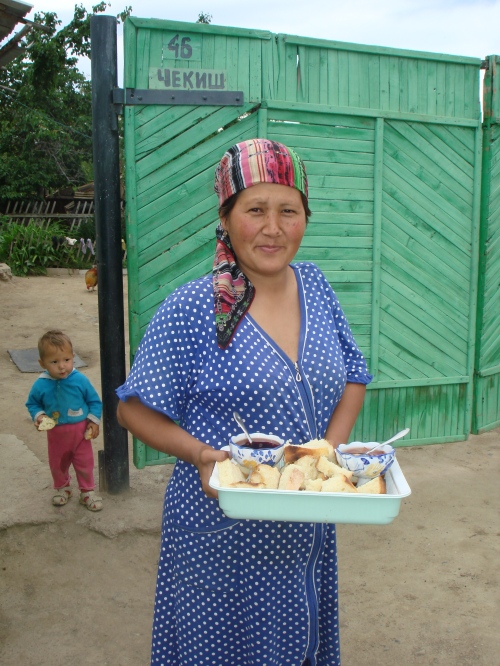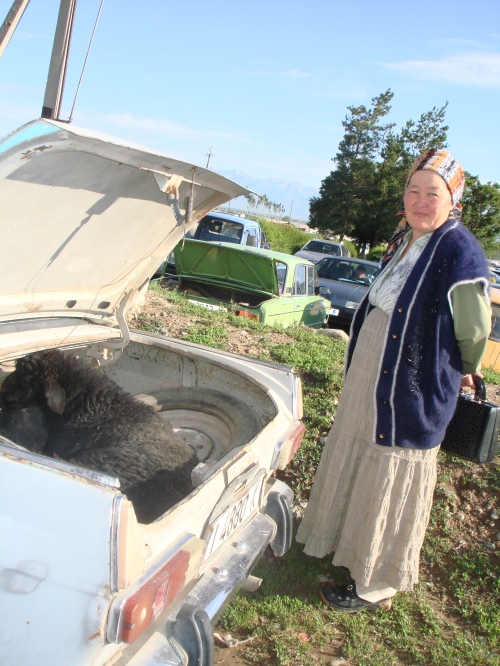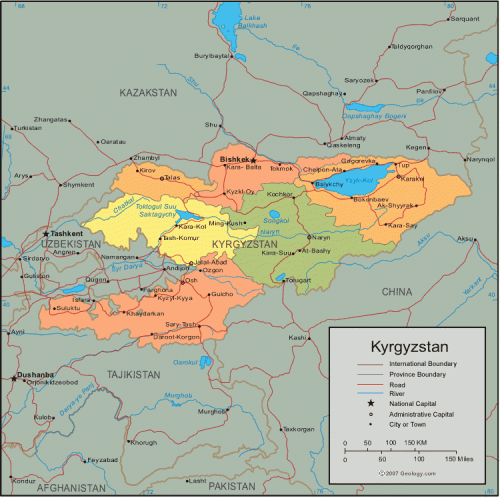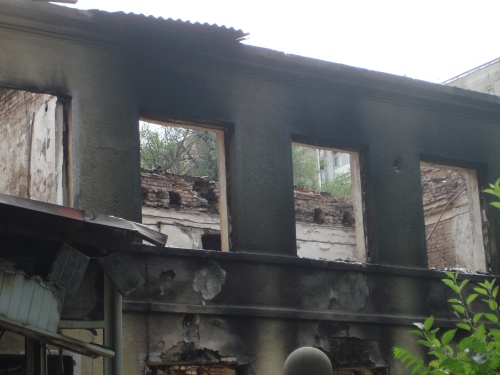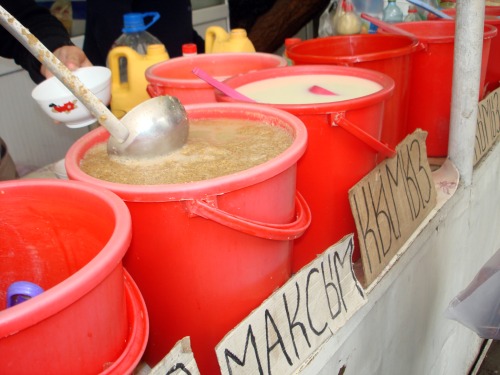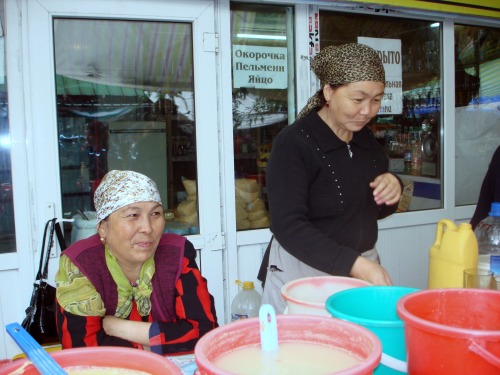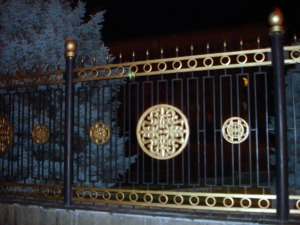Just got back to Bishkek this evening after an incredible trip out to Lake Issyk-Kul. We stayed in Karakol, at the eastern-most end of the lake, and visited several villages along the southern shore. A lot of time was spent cruising around in a Lada, listening to Ace of Bass and meeting many wonderful people. Kyrgyzstan is an amazingly beautiful country – truly stunning. More pics and many more stories to come, but here are several photos from the trip.
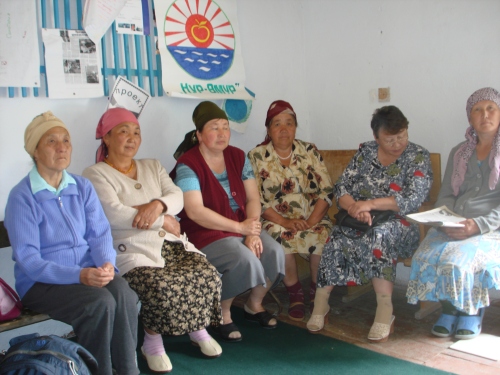
Women from an NGO in the village of Tamga. They organize to get better prices for their produce. Next, they want to start a milk processing plant.
On the drive back into Bishkek we were stopped at several checkpoints, where official-looking men with big guns half-assedly searched through our car. I found out from my Kyrgyz co-worker that events have supposedly been planned for June 22nd in Bishkek – potentially violent and disruptive events. The checkpoints were the government’s attempt to stop the bad guys from entering the city. The word is that the thugs who perpetrated the violence in Osh and Jalalabad want to cause similar chaos in the capitol city. There have been warnings about this sort of thing for the past week, but with all of the rumors circulating around Kyrgyzstan, it is hard to know what or who to believe. It’s difficult to even get the true story surrounding last week’s tragedy in Osh, and it seems that more and more layers will continue to unfold. More to come, but here’s an interesting look into the situation.
